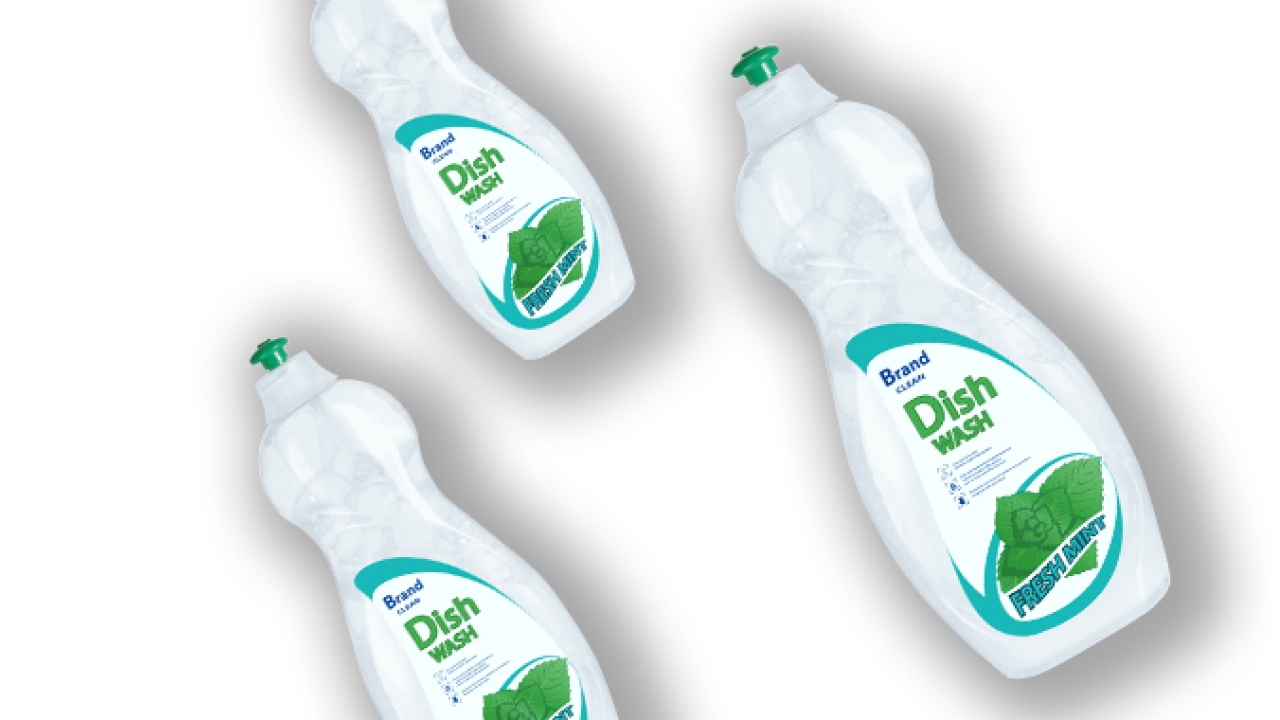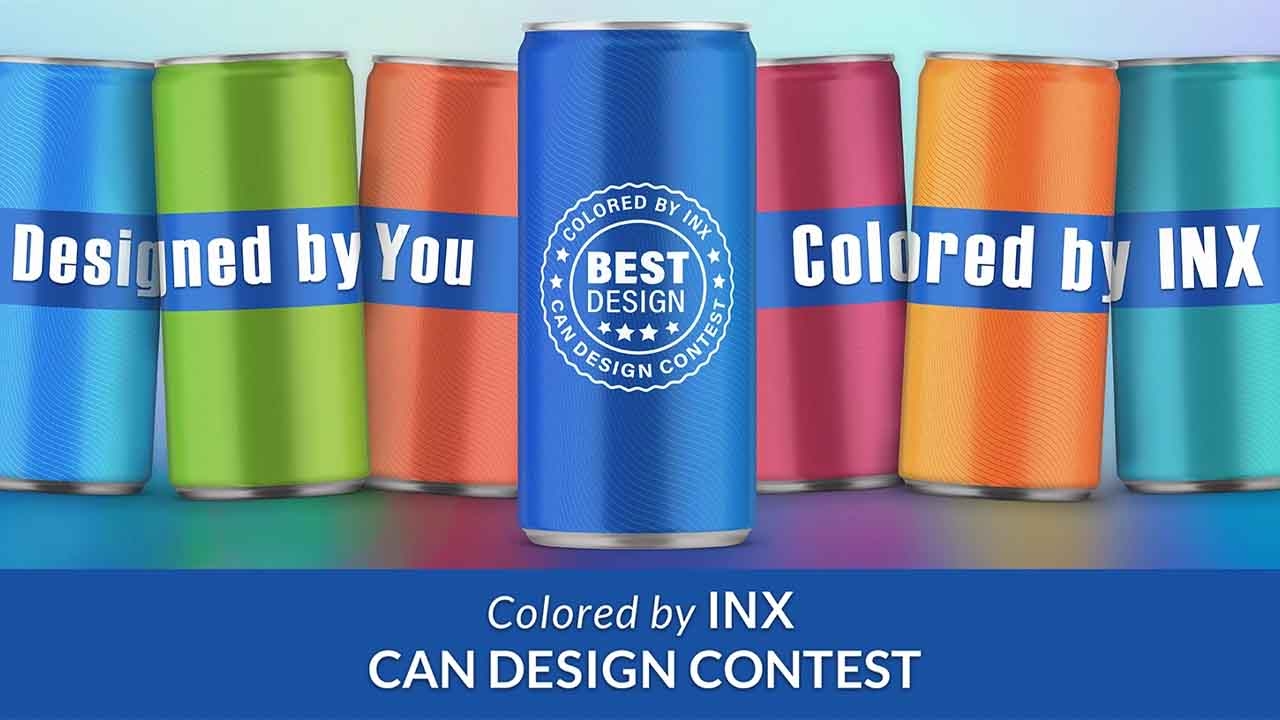Herma launches wash-off adhesive for PET recycling
Herma will soon introduce 62Rpw, a wash-off adhesive for labels that will allow recycling operators to produce high-purity PET pellets that do not contain any detrimental residues – no remains of paper or film labels, and no residual adhesive.

Unlike downcycling or cascading, the resulting continuous cycle ranks among the most important requirements of a sustainable economy. The focus has long since been not only on PET beverage bottles, but also on detergent bottles, soap dispensers and cans for food and cosmetics. The Herma adhesive, 62Rpw, offers of reliable adhesion and good resistance to the effects of moisture. Regular industrial cleaning processes are nonetheless capable of removing it without a trace.
Herma’s adhesive uses multi-layer technology. The intermediate layer enables the adhesive to bond securely with the label and allows it to be removed completely from the PET surface later. This new adhesive is to be made available initially with a wet-strength and alkali-proof paper and a PP film: for the label materials Hermacoat greaseproof (grade 228) and Herma PO transparent (grade 846), certificates from the Institute cyclos-HPT are now certified the recyclability with 62Rpw adhesive.
Additional label materials made of film – Herma PP white extra tc (grade 880) and Herma PP 50 transparent tc (grade 885) – Herma should receive certification soon. All of these materials are suitable for applying to PET containers and bottles.
In the Herma laboratory each of the label materials with the new adhesive 62Rpw achieved a wash-off rate of 100 percent according to the strict requirements imposed by the Petcore test protocol version 1.4. Petcore is a European trade association encompassing the entire PET supply chain from manufacturers to users and recycling enterprises.
In the context of sustainability, the recycling of PET containers and bottles is an especially interesting topic. According to a 2017 study commissioned by the German Nature and Biodiversity Conservation Union, and conducted by the Institute for Energy and Environmental Research (Ifeu) of Heidelberg, ‘PET is the only plastic which, even as a post-consumer material, can be converted by appropriate recycling methods into recovered pellets that meet the statutory requirements governing direct food contact.’
Above all, PET can be recycled not only once, but in principle an infinite number of times, which is a point the authors of the study were keen to stress. The report stated, ‘it is highly probable (98 percent collection rate in Germany) that material originating from a disposable PET bottle and re-used in another bottle will also become available for a further use. From a purely technical perspective, multiple recycling is restricted only by the accumulation of additives in the PET.’
If the material remains in a largely closed loop, in the view of the authors the ecological balance is positive as well: ‘Appropriately optimised disposable PET bottles can perform well from an environmental viewpoint. ... Successful PET recycling can take place, however, only if the input element satisfies certain quality criteria as regards material purity.’
‘The label’s ability to remove all the contaminants at the same time, including printing inks in particular, is a key part of the solution – not only as regards the labelling of containers and bottles, but also in the recycling process,’ said Dr. Ulli Nägele, Herma’s head of development.
Stay up to date
Subscribe to the free Label News newsletter and receive the latest content every week. We'll never share your email address.

